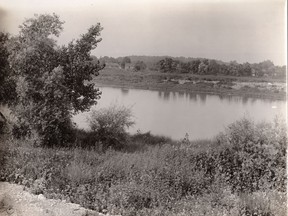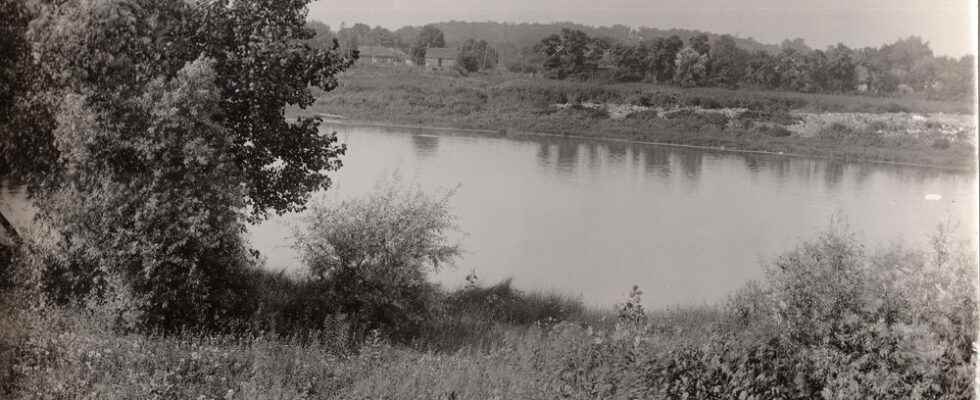
Welcome to a new column by the Brant Historical Society. This column will explore the rich history of Brantford and Brant County. It will be written by local historians, assisted by Brant Museum and Archives staff.
This area was situated on the Haldimand Tract, a land area that was granted to the Mohawk nation who served on the British side of the American Revolution, however, much earlier, this land was the traditional territory of the Neutral, Mississauga, and the Haudenosaunee people.
The European settlement of the area started at a place where the river could be easily crossed. Such a crossing is called a ford and the area was named after Captain Joseph Brant, or Thayendanegea who was a military leader of the time. Hence the name Brant’s Crossing or Brant’s Ford.
Growing from a small village at the river crossing, Brantford steadily grew until it became an industrial powerhouse. By 1900 Brantford was Number 3, after Montreal and Toronto in their production capabilities. It was farm machinery that drove Brantford’s growth as farming was the major employer in the country. Most people living in the country made their living on the farm and the need for new machinery to improve the lot of the farming community was big business.
Unfortunately, Brantford became a mostly single-industry town that suffered 30 per cent unemployment when the market for farm machinery collapsed in the latter half of the 20th century. As the farm life went, so did the area’s economy in boom and bust cycles. After the collapse of the farm machinery market, the area worked hard to diversify the local economies.
During the boom years of economic growth, this area produced many very rich people and there was a spirit of optimism in the community. This resulted in a lot of effort being put into grand residences, such as Wynarden or Yates Castle, built in 1864 by architect John Turner who was responsible for a lot of Brantford’s fine buildings and monuments.
Of course, it is impossible to talk about this area without mentioning the strong military traditions in the area. Citizens served in major conflicts going back to the Boer War in 1899 and even earlier. This is a tradition that has continued up to the present time. Brantford is home to a magnificent armory and many fine monuments to the fighting men of the area.
Of course, you could not speak about this area without mentioning Alexander Graham Bell, inventor of the telephone. His father lived on Tutela Heights and Alex came to live in the house to recover his health. It was here that he first conceived the design of what would become the electric telephone and Brantford has claimed the title of ‘Birthplace of the Telephone’ ever since.
While many older people identify with Bell’s contribution to Brantford and the world, younger people will be more familiar with another famous resident of Brantford – Wayne Gretzky.
While Wayne may garner more fame from outsiders, his father Walter, honorary Lord Mayor of Brantford, is probably more fondly remembered by the locals. His friendly face and charitable work made him a community favourite.
Brantford and Brant County positively reek of history with villains and saints, rich and poor, and many ordinary, hard-working people. There are stories of tragedy and triumph that all form the rich tapestry of this area’s history and the Brant Historical Society is the keeper of the collective record of Brantford and Brant County.
You are encouraged to visit our museum on Charlotte Street and Myrtleville House on Myrtleville Drive, also run by the Brant Historical Society for a look into the rich history that is your birthright.
More tales from the archives to come.
Established on May 8, 1908, the Brant Historical Society is an independent registered charity operating two museums uniquely positioned to make a difference in the lives of Brant citizens. Our purpose is to collect, preserve and share the history and heritage of Brantford/Brant County and Six Nations/New Credit. They can be reached by e-mail at [email protected].
